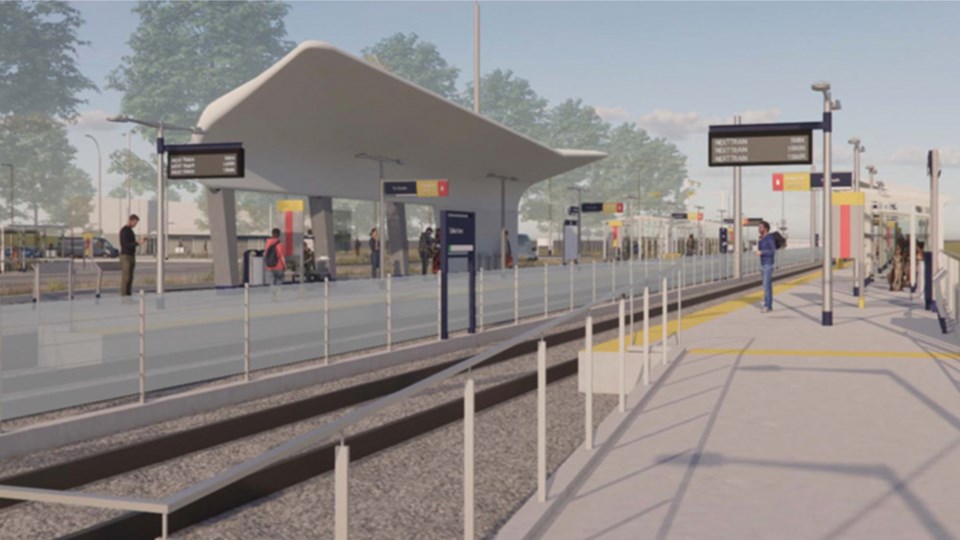Renewed funding commitments for the southeast segment of Calgary’s Green Line light rail transit (LRT) project have put the initiative back on track.
Calgary nixed the multi-billion-dollar project last September after the province withdrew $1.53 billion it had pledged to the project, citing the project’s scope and escalating costs.
Calgary city council had voted to scale back the project’s first phase from 13 stations to seven last July, while the project cost was revised from $5.5 billion to $6.2 billion.
But this spring, the city, province and federal government confirmed their funding promises, reviving the project, albeit on a smaller scale than originally planned with just 12 stations.
“Tenders for construction will go out in spring 2025,” according to documentation from the City of Calgary, which is responsible for delivering the project.
The city has largely completed the acquisition of properties required for the line’s construction, including the Eau Claire market site.
The market shut down last summer and demolition took place in February, even as the Green Line hung in limbo.
Eau Claire was considered important because the market sits above what would have been the terminus station for the first phase of the project, overseen by Montreal-based engineering firm SNC-Lavalin Inc.
But revisions now mean the downtown terminus will be at 7 Avenue and 2 Street SW. The line will run south to Shepard, an industrial area flagged as underserved by transit.
When fully built out, the project is set to run 46 kilometres from 160 Avenue North south to Seton on the city’s southern edge and have a total of 29 stations. The city says it remains committed to the vision, though a timeline for its fulfilment doesn’t exist.
“There’s still a lot of uncertainty about the downtown portion because we have the budgetary challenge of not being able to afford a tunnel,” Bill Black, president of the Calgary Construction Association, explained.
Running the line at grade isn’t feasible because the trains are longer than a city block. The province has been pushing an elevated option that would see the line run at twice the height of Calgary’s famous Plus 15 network of enclosed walkways. But this creates a host of other potential issues, including impacts on property values in the core.
“The province is certain their plan is best, so there’s still a tension between the province and the city,” Black said. “And also the businesses that will be impacted during construction, and the long-term impact of a Plus 30.”
But approval for the southeast segment means work is on the horizon for the city’s construction sector, which is also benefitting from development of Scotia Place, a billion-dollar events centre, and the Arts Commons redevelopment project taking place in step with the transformation of Olympic Plaza.
“It’s fairly straight-forward. All the enabling works have been done, and it gets connectivity out to other areas that need it,” Black said. “It’s a solution that at least unlocks activity, makes progress, gets us something physical for all the hoops we’ve jumped through.”
The southeast segment has the potential to kickstart other developments in the city.
“There’s also other development that will be able to happen if that line goes south,” he said. “All of a sudden a multi-family development is viable because it’s right on an LRT line.”
How quickly the downtown segment follows is another question.
A functional plan for the downtown segment is set to complete by the end of 2026 with construction set to begin in 2027.
Black isn’t optimistic
“The track record of this project suggests that until opening day, there will always be a cloud of uncertainty lurking in the background,” he said.



